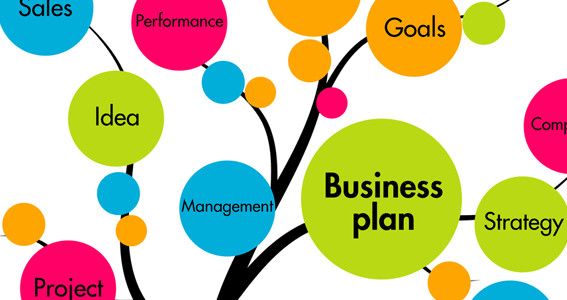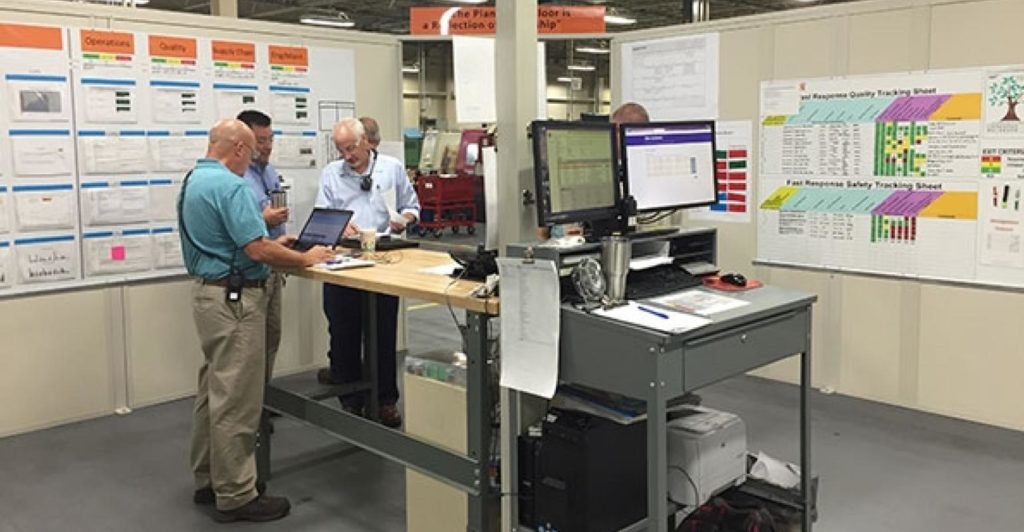
Lean Manufacturing can be referred to as a technique that makes use of a variety of principles and devices with the primary goal to reduce the wastes produced during manufacturing processes while ensuring that the overall productivity is amplified. In between diminishing the manufacturing wastes produced, it magnificently increases the worth offered to the customers, thus reducing the required time and involved costs.
Origin Of Lean Manufacturing
The very concept of lean manufacturing was obtained from the manufacturing industry of Japan.
Various production management methods have evolved in Japan that includes JIT, Toyota Production System, KANBAN, and Production Scheduling.
There is a term called “Kaizen” in Japan that refers to consistent development and is also associated with lean manufacturing. This method of manufacturing has proved beneficial for Japan and Toyota way. With increased removal of wastes and the overall profit, the Toyota Motor Corporation has been successful in making lean manufacturing a vast thing.

Lean Manufacturing Techniques
In almost all of the lean manufacturing processes, a collection of tools is used to determine the wastes and discard them uniformly. Upon detecting the residues, the usual production time and induced costs can be significantly diminished. A similar lean manufacturing approach is inculcated by Toyota, usually referred to as the Toyota way. In this method, the primary importance is placed upon enhancing the workflow or the fluidity of work processes. Through this technique, they focus on eradicating Mura, i.e., deviations observed in the system and not specifically on waste elimination. Some of the effective approaches used in this lean manufacturing method are production leveling, the Heijunka box, and the “pull” production that hugely assist in magnifying the flow rate.
One might ask what is the difference between these two lean manufacturing techniques.
- It is quite clear the approaches taken in these two techniques are different, not the ultimate goal.
- The smooth workflow method is better than the tool-identifying lean manufacturing process in a way that the operation of seamless workflow informs about the high-quality issues that are prevalent, thus resulting in the natural reduction of wastes generated.

While the second approach considers the perspective required for the overall system enhancement, tool-centered waste management, on the other hand, presumes the needed aspect. According to the Toyota way, the first technique of lean manufacturing doesn’t lie upon the tools incorporated but upon the decrease of three categories of wastes known as Muda or non-value-adding work, Mura or distortion, and Muri or extra burden. With these methods, the underlying issues are also explored, thus aiding the application of tools in sections where the general idea cannot be incorporated.
Principles of lean manufacturing
The ultimate goal for a company that adopts lean manufacturing processes is to reduce waste. An average company will waste a significant amount of resources. By adopting lean manufacturing processes can improve:
Value Identification:
Although organizations are responsible for producing the value, customers are the ones who characterize it. The value of the products or services offered by the organizations can be conveniently understood from the value designated by the customers. In this way, the companies can determine the product’s worth from the amount that the customer is interested in paying for that specific item.
Plan out the value stream:
Structuring the value stream is another principle of lean manufacturing wherein the entire steps are specified, starting from the stage of raw materials to that of customer delivery. All the information and necessary raw materials utilized from the product’s concept or design stage to its disposal to the customers are evaluated and appropriately stored.
Maintaining the flow:
Maintaining a steady stream of processes right from the time of product ordered to its disposal is important. It helps in discarding wastes generated while removing functional barriers and adopting methods to enhance the lead time. Through lean manufacturing, you can get rid of any interventions created and make use of exhaustive means to have a consistent flow.
Practicing an effective pull system:
In lean manufacturing, organizations practice a pull system wherein they are not the ones pushing their products and services to the customers; instead, customers are the ones pulling the products out of the companies. The organizations can start manufacturing a product subject to the demand for it. As opposed to the manufacturing resource planning, or MRP systems where inventory capabilities are estimated and are thus quite unreliable, lean manufacturing eliminates the necessity of huge inventories by pulling an item when demand occurs.
Perpetual improvement:
In lean manufacturing, the primary focus is to achieve continuous enhancement by significantly decreasing the time, incurred costs, and efforts put into creating products. The best part of this is you continuously reduce the wastes and faults while developing your product through lean manufacturing.
Material Handling:
The benefits in material handling when lean manufacturing procedures are deployed include fewer moves of material, shorter travel distances in the warehouse and more straightforward picking routes in the warehouse. These also contribute to savings in inventory and improvements in quality.
Inventory:
By using smaller lots, the inbound and outbound queues are smaller. This reduces the inventory required to be in the queue and therefore the inventory level overall.
Quality:
Smaller lots mean that any quality issues that arise can be dealt with at the time of manufacture. In manufacturing processes with larger lot sizes, quality issues may not be identified until late into the process and can be costly to correct, both in time and resources.

Conclusion
Thus, it can be concluded that lean manufacturing is essential for ensuring an error-free and waste-free production system. Faulty structure of the workplace and lack of necessary workforce and machines are a huge form of wastes for developed manufacturing. However, with lean manufacturing, an advanced form of production can be achieved that makes use of Artificial Intelligence and Machine Learning systems to produce effective results. There are several aspects in a product generation that are not appreciated by customers and are thus designated as waste in the system. So, companies should adopt lean manufacturing to pull the product to their customers.

Leave A Comment?